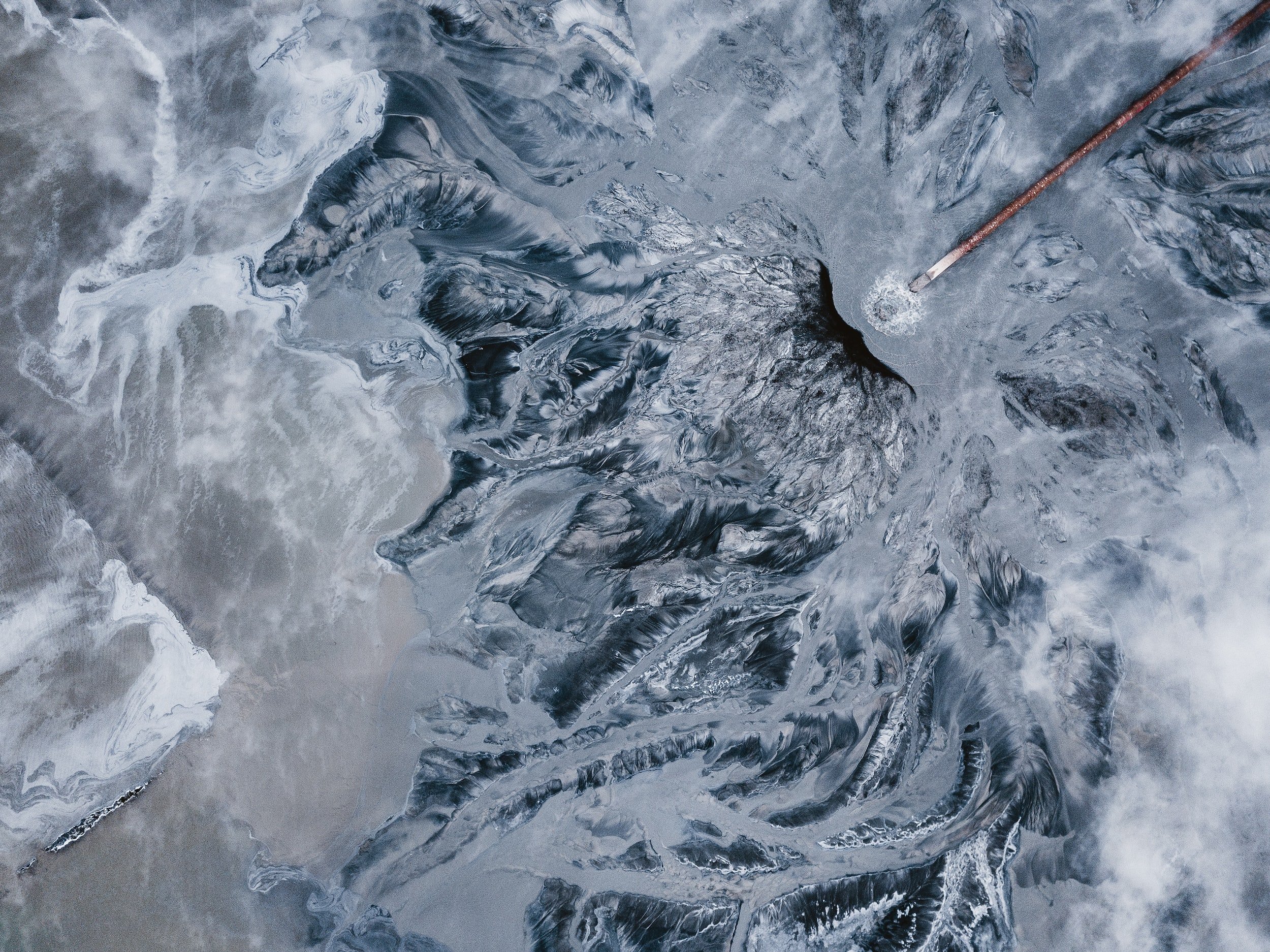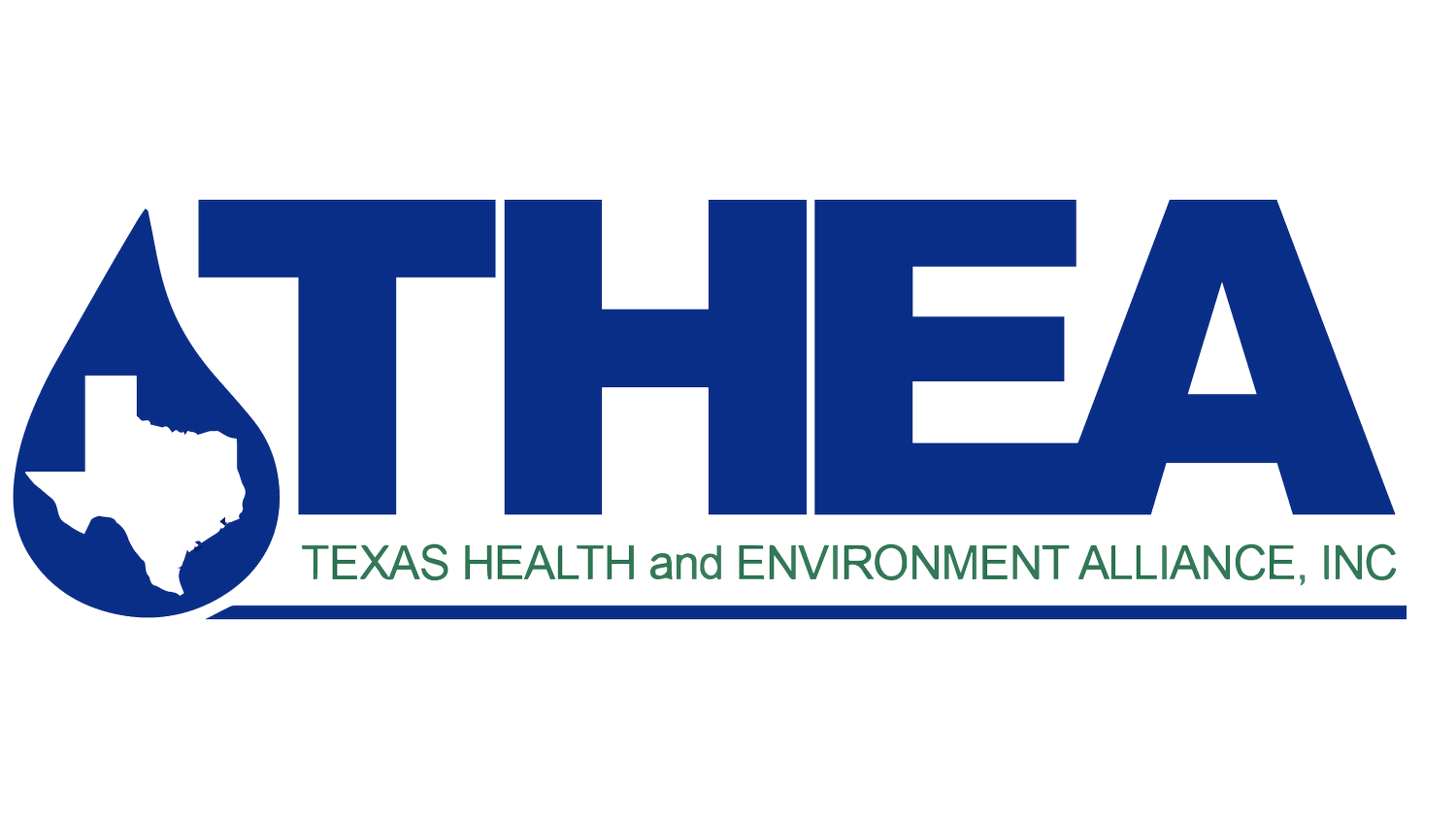
Cypress Community Coalition
Houston, Texas
Responding To An Invisible Threat
The Cypress Community Coalition came together to address a hidden, but dangerous contaminated waste site, the Jones Road Ground Water Plume Superfund Site.
It just looks like another strip mall alleyway, hidden away from view, but for nearly fifteen years, this is where employees at the Bell Dry Cleaners dumped the chemicals from their cleaning operations, allowing harsh contaminants to flow into the storm drains and seep deep into the local aquifer.
The EPA added the Jones Road Ground Water Plume Superfund Site to the National Priorities List in 2003 and, despite efforts to reduce the risk, in 2022 the EPA found that its measures are still not adequately protecting the public.

What Was In The Wastewater?
The EPA found a number of highly toxic chemicals, including tetrachloroethylene, also known as perchloroethylene (PCE), or PERC for short. PERC was a widely used solvent in dry cleaning operations. Exposure can irritate the skin and respiratory system, cause liver and kidney damage, harm the development of unborn babies, and can cause cancer.
What’s The Risk To People In The Area?
An increasingly diverse community of more than 29,000 people live in and around the Superfund Site. The danger comes from chemicals that seeped into the groundwater and created a toxic plume that continues to spread beneath the homes around the strip mall where the wastewater was first dumped. There is also the danger for toxic vapors to escape into the atmosphere and inside buildings above the plume.
The EPA has set up a vapor collection station near the source to address shallow contamination. However, most water wells in the area tap into the zone of groundwater with the toxic chemicals.
In 2017, Texas Department of State Health Services identified local childhood leukemia rates over twice the state average. Through THEA’s Community Health Surveys, we’ve observed children who’ve battled multiple types of cancer, adult leukemia, uterine cancer, lung cancer, and much more.

What THEA Is Doing About The Threat
While the EPA has implemented a number of steps to protect the public, THEA’s Cypress Community Coalition is the leading voice saying the agency is not doing enough. Many residents are still unaware that they are even at risk, and some have drilled new water wells despite the drilling restrictions and “No New Well” area designated by the Texas Department of Licensing and Registration (TDLR). We are also deeply concerned that the toxic plume has migrated since the EPA last mapped it in 2010, meaning even more homeowners may be at risk now.
We are currently partnered with the University of Texas Medical Branch to perform water and air testing for area residents. The resulting data will help give us the facts to push the EPA to implement more effective protection measures. It is also raising awareness and engagement among people in the area.


